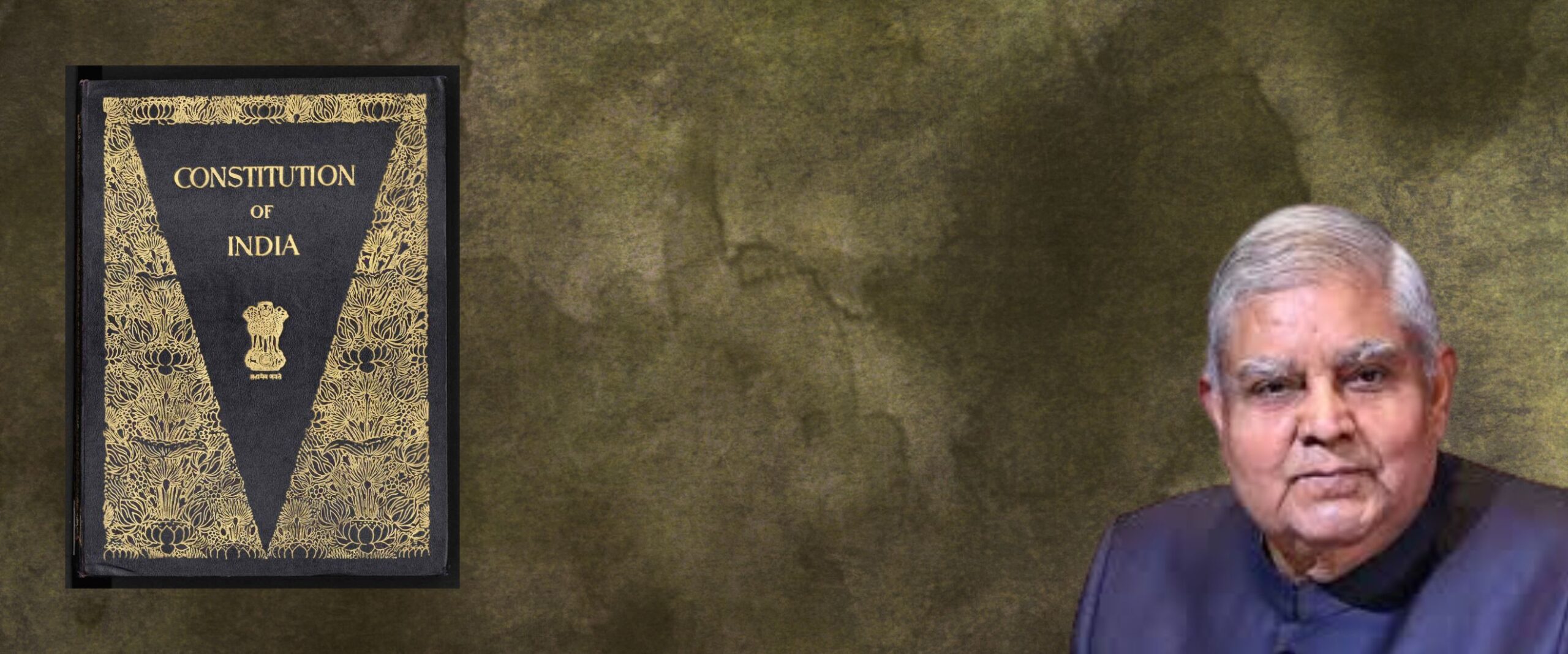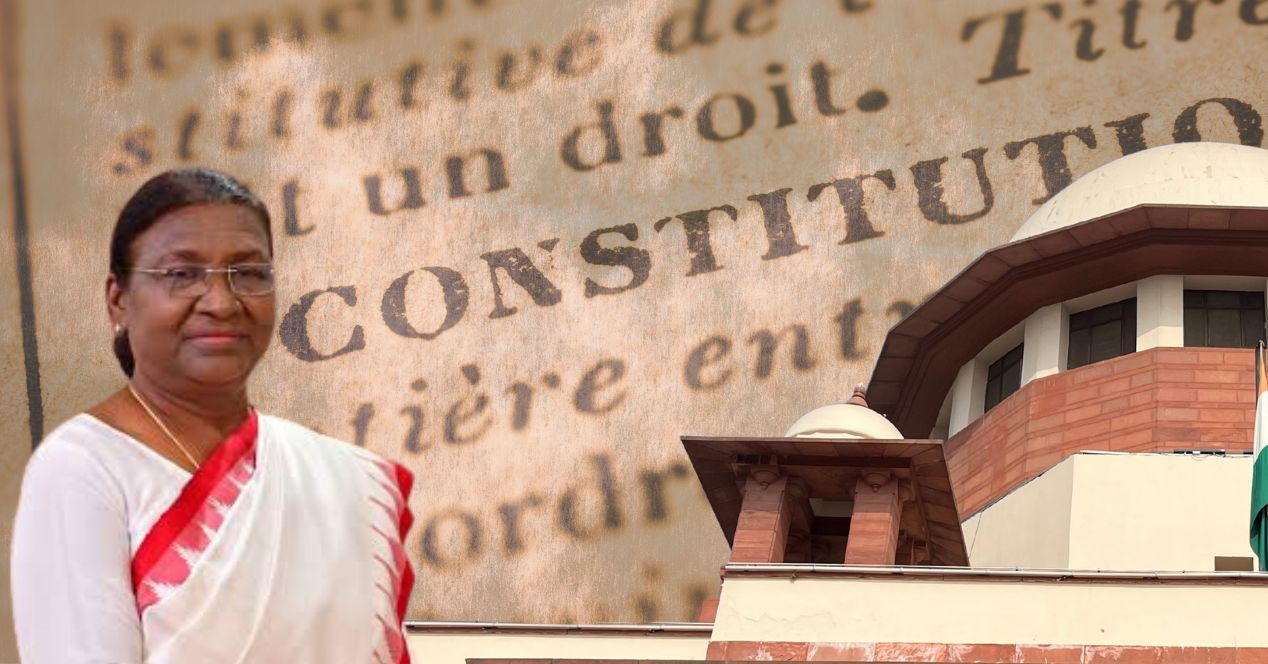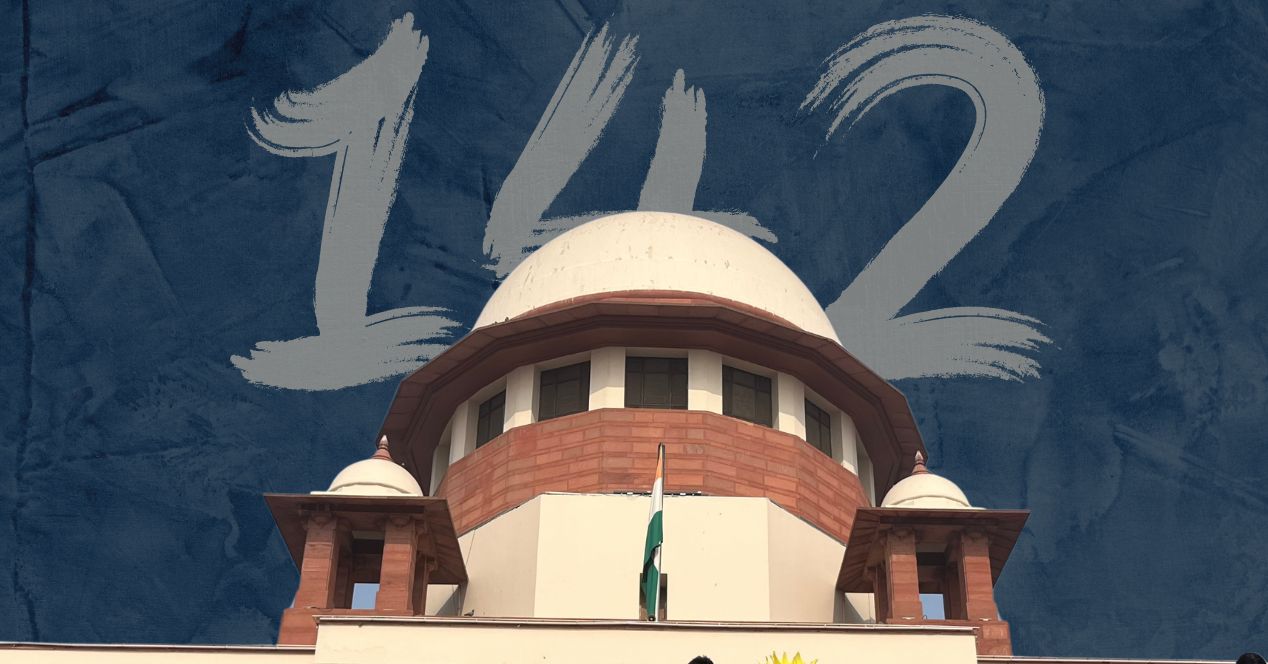Analysis
Vice President’s casual vacancy: What next after Dhankhar’s resignation?
The Constitution allows the VP’s office to remain vacant in case of a mid-term exit. A clue for this choice is found in the Assembly Debates

On 21 July, Vice President Jagdeep Dhankhar resigned from his post to “prioritise health and abide by medical advice.” The sudden resignation has raised several legal, procedural and political questions, especially since the Vice President’s office will remain vacant until a new one is elected. Although the Constitution outlines a framework for succession, it is silent on some aspects of continuity. Here is a breakdown of the constitutional considerations.
Is there provision for an Acting Vice President?
The Vice President holds office for five years. According to Article 67(a) of the Constitution, the Vice President may resign from Office by writing to the President. Unlike the vacancy in the office of the President, the Constitution does not envisage automatic succession of a Vice President. In the case of a President’s resignation or death, the Vice President is sworn-in as the Acting President.
According to Article 65, when the office of the Vice President is vacant, the Vice President’s duties as Chairperson of the Rajya Sabha are discharged by the Deputy Chairperson of the Rajya Sabha. This ensures that the functioning of the Upper House is not disrupted. This fact is crucial to understanding why the Constitution lets the office of the Vice President continue to be vacant after a resignation until a fresh election is conducted.
Under Article 67(c), the Vice President shall, notwithstanding the expiration of their term, continue to hold office until their successor enters office. However, this provision does not apply to an incumbent who resigns ahead of the expiration of their term.
Article 70 enables Parliament to make such a provision as it thinks fit for the discharge of the functions of the President in any contingency not provided for in the Constitution. Accordingly, Parliament enacted the President (Discharge of Functions) Act, 1969, to provide for the discharge of the functions of the President in certain contingencies.
Section 3(1) of this Act provides that in the event of vacancies in the offices of both the President and the Vice President, by reason in each case of death, resignation or removal or otherwise, the Chief Justice of India or, in their absence, the seniormost Judge of the Supreme Court shall discharge the functions of the President until a new President or Vice President is elected.
There has only been one instance where the Chief Justice was made the Acting President. M. Hidayatullah, the 11th CJI, was Acting President from 20 July 1969 to 24 August 1969 after President Zakir Husain died in office and Vice President V.V. Giri (who was consequently Acting President) resigned to contest the ensuing presidential election. Giri won the election and entered the President’s office on 24 August 1969.
When has the office of Vice President been vacant?
The Constitution does not envisage a provision like Article 70 for the Vice President. The Vice President’s website contains details of previous instances of resignations. On 4 May 1969, Giri took over as Acting President following the death of Husain. His successor, Gopal Swarup Pathak, assumed office on 31 August 1969. When R. Venkataraman resigned on 24 July 1987 following his election as President, his successor Shanker Dayal Sharma entered office only on 3 September 1987.
Sharma himself resigned on 25 July 1992 following his election as the President. His successor, K.R. Narayanan, entered office on 21 August 1992. After Narayanan put in his papers following his election as the President on 25 July 1997, the office remained vacant for little more than a month until Krishan Kant assumed office. Kant died in office on 27 July 2002 and Bhairon Singh Shekhawat assumed office three weeks later on 19 August 2022. When Shekhawat resigned on 22 July 2007, the office was empty until Hamid Ansari took on the role starting from 11 August 2007.
Is there a clue in the Constituent Assembly Debates?
It is not as if the Constitution does not envisage continuity in the office of the Vice President. Article 63 declares that there shall be a Vice President of India. Article 68(1) requires that an election to fill a vacancy caused by the expiration of the term shall be completed before the term ends. Article 68(2) requires that an election to fill a vacancy in the office of Vice President occurring because of a casual vacancy shall be held “as soon as possible after the occurrence of the vacancy.”
There was no debate in the Constituent Assembly on the Draft Articles 55(5) and (6), which went to become Article 68 (election to fill casual vacancy). But, Draft Article 56, which went on to become Article 67 (term of the Vice President), was discussed on 29 December 1948. The debates suggest that the members of the Constituent Assembly considered the role of the Vice President as important and wanted to ensure that his removal is not a casual affair.
However, B.R. Ambedkar, the Chairman of the Drafting Committee, pointed out that the Vice President’s primary role is that of the Rajya Sabha Chairman. Therefore, the process for his removal should be the same as that of the Lok Sabha Speaker—there was no need to obtain a two-thirds majority of members present and voting for his removal.
Following Ambedkar’s intervention, the Assembly adopted the Draft Article without any amendments. This offers a clue as to why there is no constitutional provision for continuity in the office of the Vice President in the event of a casual vacancy—so long as the proceedings in the Rajya Sabha had the benefit of a Chairman (with the Deputy Chairman taking over), the Vice President’s office could remain empty until a new one was elected.




